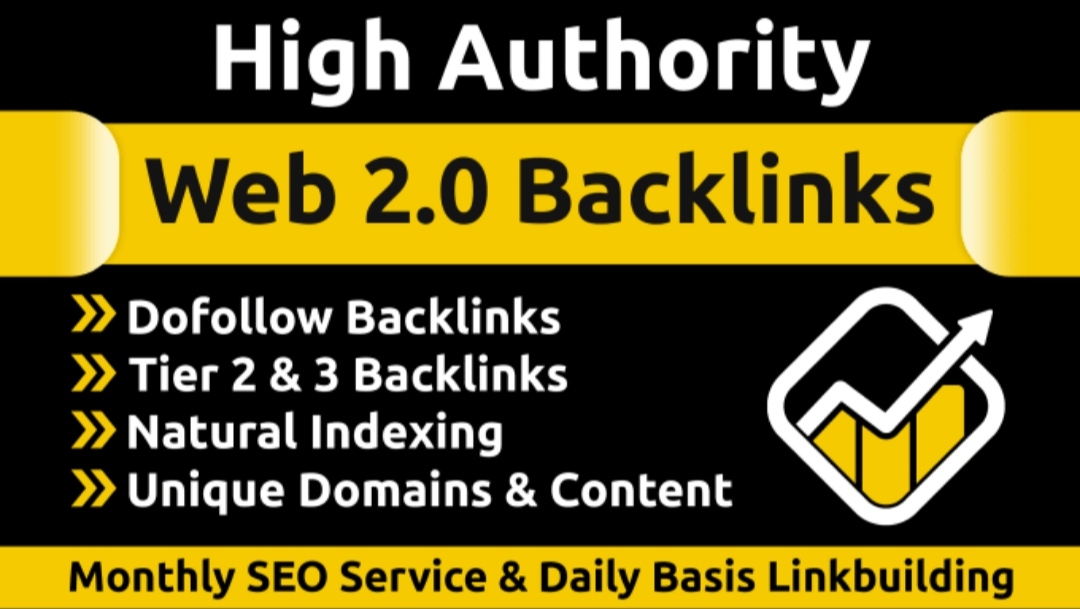Search engines have grown suspicious of anything that looks manufactured, so modern link building is less about brute force and more about craft. If you want signals that whisper credibility instead of screaming spam, this strategy deserves a measured look. Used carefully, these links can still nourish authority, indexation, and brand discovery—but only when created with restraint and intent.
Below, you’ll learn how to construct them without tripping alarms, where to place them for maximum trust, and why they still matter in 2025 when done with discipline.
What They Really Are (Without the Fluff)
These are links placed inside content you control on third-party platforms—think hosted blogs, publishing hubs, and community sites. Unlike a profile link or comment link, these live inside articles, guides, or resources that resemble legitimate publishing. When executed well, they look less like evaluation bait and more like natural citations.
The magic isn’t in quantity. It’s in believable context.
The Safe-Way Blueprint (Step Step)
1) Pair Pages With Purpose
Before you publish anything, decide what each link should do. Support a cornerstone page? Introduce a new post? Buttress topical relevance? Vagueness invites randomness, and randomness invites penalties.
2) Build Properties That Pass the “Blink Test”
If a site looks abandoned, it feels abandoned—and search engines sense that too. Add:
- An About page
- A contact method
- Branding or a header image
- At least 3–5 starter posts that are genuinely useful
A small network of well-kept properties beats a warehouse of empty shells.
3) Make Content That Serves, Not Shoves
Write to educate first; links follow later. Insert your citation where it completes a thought, not where it interrupts one. One embedded reference inside a rich article outperforms ten awkward plugs in thin text.
4) Rotate Topics Like a Publisher
Don’t write ten posts all pointing to the same page about the same subject. Spread themes, angles, and destinations so your profile looks organic instead of orchestrated.
5) Let Time Do Its Work
Publish gradually. Sudden clusters look synthetic. Slow deployments mimic how real sites grow: uneven, imperfect, human.
High-Authority Platforms Worth Your Time
These hosts have earned trust through longevity and moderation standards. Create on a few; maintain them all.
- .com
- Blogger
- Medium
- Tumblr
- Weebly
- Wix
- Webnode
- Jimdo
- Strikingly
- LiveJournal
Pro tip: Treat each like an independent magazine. Unique tone, unique visuals, distinct subjects.
A Simple Backlink Example
Imagine you publish a short guide on Medium about improving site performance. Within a paragraph on image compression, you reference a deeper tutorial on your own site that explores the process in detail. The link flows as a natural continuation of value, not as a digital elbow in the ribs.
That’s a healthy signal.
Are They Still Worth It Today?
Yes—with nuance.
Alone, they won’t catapult a site to the summit. But as part of a broader ecosystem—alongside editorial mentions, press features, and organic citations—they add texture to your link profile. They also help with:
- Faster crawling
- Wider keyword footprint
- Brand presence on trusted domains
What they don’t do anymore is perform miracles without effort. Anyone promising that is selling nostalgia.
Final Verdict
Built with care, thematically aligned, and supported real content, web 2.0 backlinks can still play a quiet supporting role in modern SEO. Not a shortcut. Not a silver bullet. More like good punctuation—subtle, structural, and surprisingly influential when used in the right place.
Treat each property like a destination, not a dumping ground—and you’ll harvest value long after gimmicks fade.


